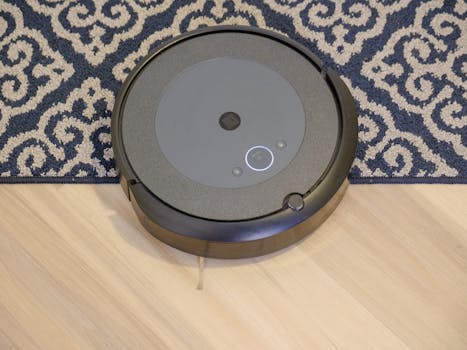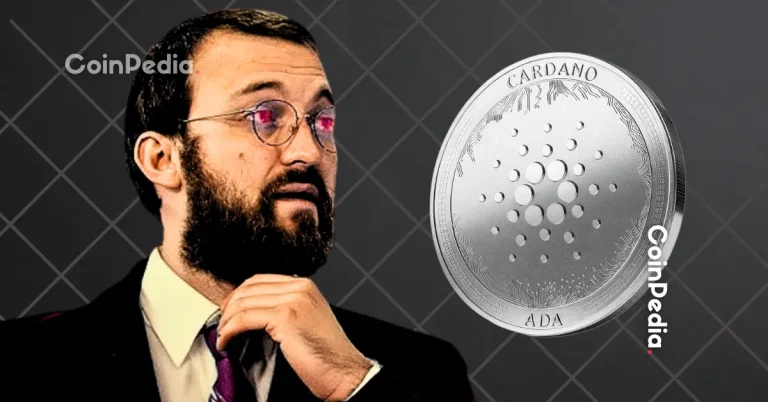
Smart Homes and Smart Living: The Technological Transformation of European Homes by 2025
Smart Homes and Smart Living are revolutionizing the way we live in our homes. With the advancement of technology, European homes are becoming more efficient, convenient, and sustainable. In this article, we will explore the latest trends and innovations in smart homes and smart living, and how they are transforming European homes by 2025.
Introduction to Smart Homes and Smart Living
Smart homes and smart living refer to the integration of technology and automation in homes to make them more comfortable, convenient, and sustainable. This includes the use of internet-connected devices, sensors, and systems to control and monitor various aspects of a home, such as lighting, temperature, security, and entertainment.
Benefits of Smart Homes and Smart Living
The benefits of smart homes and smart living are numerous. Some of the most significant advantages include:
- Energy efficiency: Smart homes can optimize energy consumption by automatically turning off lights, appliances, and heating/cooling systems when not in use.
- Convenience: Smart homes can be controlled and monitored remotely, allowing homeowners to adjust lighting, temperature, and security settings from anywhere.
- Increased safety: Smart homes can detect potential safety hazards, such as gas leaks or water damage, and alert homeowners to take action.
- Enhanced entertainment: Smart homes can integrate entertainment systems, such as speakers and TVs, to create a seamless viewing experience.
Trends and Innovations in Smart Homes and Smart Living
There are several trends and innovations that are shaping the smart home and smart living market in Europe. Some of the most notable include:
Artificial Intelligence (AI) and Machine Learning (ML)
AI and ML are being used to make smart homes more intuitive and responsive to occupants’ needs. For example, AI-powered smart speakers can learn a homeowner’s daily routines and adjust lighting, temperature, and entertainment settings accordingly.
Internet of Things (IoT)
The IoT refers to the network of physical devices, vehicles, and other items that are embedded with sensors, software, and connectivity, allowing them to collect and exchange data. In smart homes, IoT devices can be used to monitor and control various aspects of a home, such as lighting, temperature, and security.
5G and Wi-Fi 6
The rollout of 5G and Wi-Fi 6 is enabling faster and more reliable connectivity in smart homes. This is allowing for more seamless communication between devices and enabling new use cases, such as remote healthcare monitoring and virtual reality entertainment.
European Smart Home Market by 2025
The European smart home market is expected to experience significant growth by 2025, driven by increasing demand for energy efficiency, convenience, and safety. According to a report by ResearchAndMarkets.com, the European smart home market is projected to reach $35.6 billion by 2025, up from $14.2 billion in 2020.
Country-Specific Trends and Innovations
There are several country-specific trends and innovations that are shaping the smart home and smart living market in Europe. For example:
- In the UK, there is a growing demand for smart home devices that can help homeowners reduce energy consumption and save money on utility bills.
- In Germany, there is a focus on developing smart home solutions that integrate with existing building management systems to optimize energy efficiency and comfort.
- In France, there is a growing interest in smart home devices that can enhance home security and safety, such as smart door locks and alarm systems.
Conclusion
Smart homes and smart living are revolutionizing the way we live in our homes. With the advancement of technology, European homes are becoming more efficient, convenient, and sustainable. As we look to 2025, it is clear that the smart home and smart living market will continue to grow and evolve, driven by increasing demand for energy efficiency, convenience, and safety.





